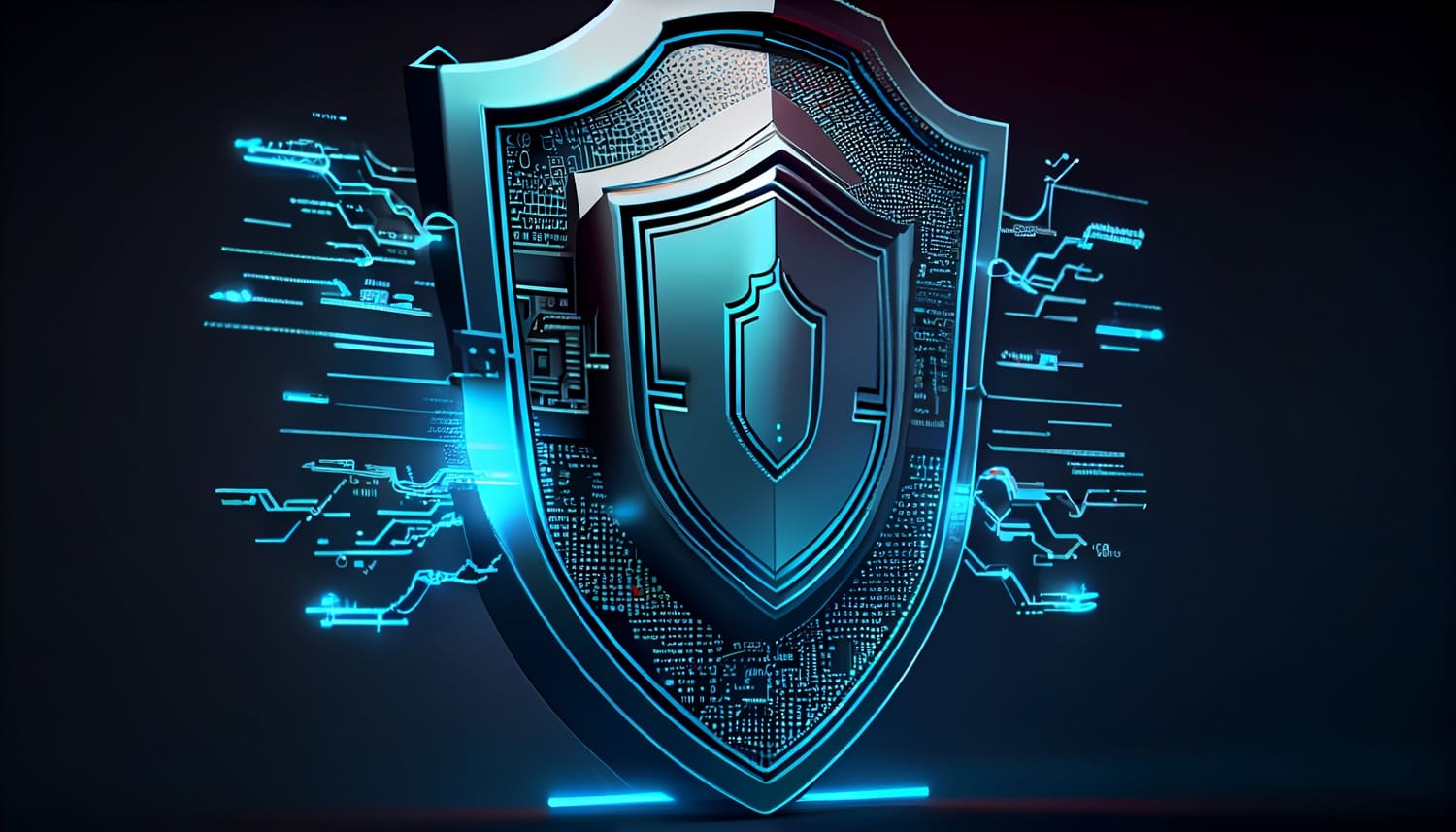In the ever-evolving landscape of digital security, the emergence of advanced threats necessitates a continuous evolution of defense strategies. This article, "Sentinels in the Digital Age: Innovations in Advanced Threat Protection," delves into cutting-edge technologies and methodologies shaping the forefront of cybersecurity. By exploring the latest innovations in threat intelligence, machine learning, and collaborative defense, this research aims to equip organizations with the knowledge to fortify their digital fortresses and proactively mitigate advanced threats. Join us on a journey through the dynamic realm of advanced threat protection, where sentinels stand guard in the digital age.
The Dynamic Realm of Cyber Threats: Unveiling the Complexity
In this comprehensive exploration of the evolving threat landscape, we dissect the multifaceted nature of cyber threats, emphasizing the intricate challenges organizations confront. The dynamic digital realm is characterized by an array of sophisticated adversarial tactics, each demanding nuanced defense strategies. Let's delve deeper into the key elements:
1. Sophisticated Malware Landscape:
- Diverse Strains: Malware comes in various forms, including viruses, worms, trojans, and ransomware, with each exhibiting unique capabilities and evasion techniques.
- Evolving Techniques: Adversaries continually enhance malware sophistication, utilizing polymorphic code, encryption, and obfuscation to evade traditional security measures.
2. Targeted Phishing Campaigns:
- Precision and Deception: Adversaries employ highly targeted phishing campaigns, tailoring deceptive messages to specific individuals or organizations to increase the likelihood of success.
- Social Engineering Tactics: Leveraging psychological manipulation, threat actors exploit human vulnerabilities to deceive users into divulging sensitive information or executing malicious actions.
3. Advanced Persistent Threats (APTs):
- Stealthy Intrusions: APTs involve prolonged and targeted attacks, often nation-state sponsored, characterized by stealthy entry, persistent presence, and the exfiltration of sensitive data.
- Customized Tactics: Adversaries behind APTs craft custom tools and methodologies, adapting to target environments and bypassing conventional security defenses.
4. Zero-Day Vulnerabilities:
- Exploiting Unknown WeaknessesThreat actors leverage zero-day vulnerabilities, exploiting software flaws for which no patch or defense mechanism currently exists.
- Marketplace DynamicsThe buying and selling of zero-day exploits in underground forums contribute to the rapid evolution of cyber threats.
-
Trusted but Risky: Insiders with privileged access pose a significant threat, either inadvertently or maliciously compromising organizational security.
- Behavioral Anomalies: Detecting insider threats requires monitoring for unusual patterns in user behavior and access, necessitating advanced threat protection measures.
6. IoT and Cloud Security Challenges:
- Expanding Attack Surface: The proliferation of IoT devices and cloud infrastructure introduces new avenues for cyber threats, demanding protection beyond traditional network boundaries.
-
Shared Responsibility Model: Cloud environments require a nuanced understanding of shared responsibility, where both the cloud service provider and the organization play crucial roles in security.
- Data Encryption and Extortion: Ransomware attacks have evolved to include data exfiltration alongside encryption, adding an extra layer of threat and increasing the stakes for organizations.
- Double Extortion Tactics: Threat actors often employ double extortion strategies, threatening to leak sensitive data if the ransom is not paid.
Understanding the complexity and diversity within these threat vectors underscores the critical need for advanced threat protection measures.
The Imperative for Innovation in Defense Mechanisms
Having dissected the intricate landscape of cyber threats, we now shift our focus to the urgent need for innovative defense mechanisms. In the face of relentless adversaries employing evolving tactics, organizations must embrace cutting-edge approaches to fortify their security posture. Let's delve into the imperative for innovation:
1. Adaptive Machine Learning and AI:
- Dynamic Threat Detection: Traditional signature-based defenses fall short in the dynamic threat landscape. Adaptive machine learning and artificial intelligence (AI) empower systems to dynamically learn and adapt, identifying anomalies indicative of emerging threats.
- Behavioral Analysis: AI-driven systems excel in behavioral analysis, scrutinizing patterns and deviations to detect potential threats, even in the absence of known signatures.
2. Integrated Threat Intelligence Platforms:
- Proactive Threat Awareness: Leveraging threat intelligence platforms ensures organizations stay ahead of adversaries by continuously monitoring global threat landscapes.
- Contextual Decision-Making: Integration of threat intelligence provides context, enabling security teams to make informed decisions and proactively fortify defenses against imminent threats.
3. Deception Technologies:
- Luring Adversaries: Deception technologies introduce decoy assets, diverting adversaries from genuine targets and providing security teams with early detection capabilities.
- Attack Surface Reduction: By creating a deceptive environment, organizations can actively reduce their attack surface and mitigate potential risks.
4. Endpoint Detection and Response (EDR) Solutions:
- Real-time Endpoint Monitoring: EDR solutions offer real-time monitoring of endpoint activities, allowing swift detection and response to suspicious behavior.
- Threat Hunting Capabilities: Security teams equipped with EDR tools can engage in proactive threat hunting, identifying and neutralizing threats before they escalate.
5. Continuous Security Training and Awareness:
- Human Firewall: Acknowledging the human element as a crucial factor, organizations invest in continuous security training and awareness programs.
- Phishing Simulations: Simulated phishing exercises help educate users, making them more resilient to targeted phishing campaigns and reducing the risk of successful attacks.
6. Blockchain for Immutable Security:
- Ensuring Data Integrity: Blockchain technology introduces immutability, ensuring the integrity of critical data and making it resistant to tampering or unauthorized alterations.
- Enhanced Supply Chain Security: Implementing blockchain in supply chain processes enhances security by creating transparent, traceable, and tamper-proof records.
7. Zero Trust Architecture as a Fundamental Paradigm:
- Shifting the Security Perimeter: Zero Trust Architecture assumes no inherent trust, requiring continuous verification of entities within and outside the organizational network.
- Micro-Segmentation: Implementing micro-segmentation enhances security by dividing the network into isolated segments, minimizing lateral movement for potential attackers.
As organizations confront the diverse and evolving threat landscape, a strategic blend of these innovative defense mechanisms becomes paramount. The subsequent sections will delve into case studies, best practices, and emerging trends in advanced threat protection, offering actionable insights for organizations aiming to bolster their cybersecurity resilience.
Best Practices: A Blueprint for Enhanced Security Resilience
In this section, we outline a comprehensive set of best practices derived from successful implementations of advanced threat protection strategies. These practices serve as a blueprint for organizations seeking to fortify their security resilience against sophisticated adversaries.
1. Integrated Threat Intelligence Gathering:
Establish a centralized threat intelligence platform that continuously gathers, analyzes, and disseminates relevant threat information to enhance proactive defense measures.
2. Holistic Security Awareness Programs:
Implement holistic security awareness programs that go beyond basic training, incorporating simulated exercises and personalized learning paths to create a resilient human firewall.
3. Continuous Evolution of Defense Mechanisms:
Embrace a culture of continuous improvement in defense mechanisms, regularly evaluating and updating security protocols to stay ahead of emerging threats.
4. Collaborative Incident Response Planning:
Foster collaboration between security teams, IT, and relevant stakeholders to develop and regularly rehearse incident response plans, ensuring a swift and coordinated response to cyber threats.
In the conclusion, we synthesize the key findings, reiterating the critical role of advanced threat protection in the face of an ever-evolving cyber battlefield. Organizations must remain vigilant, adopt innovative defense mechanisms, and collaborate with the broader cybersecurity community to fortify their resilience against sophisticated adversaries. As the threat landscape continues to evolve, a proactive and adaptive approach becomes not only a necessity but a strategic imperative for safeguarding digital assets in the digital age.
Feel free to get in touch with us via email, and our team of experts is ready to support you in navigating your Cybersecurity journey. Additionally, access our comprehensive best practice document below for valuable insights.









